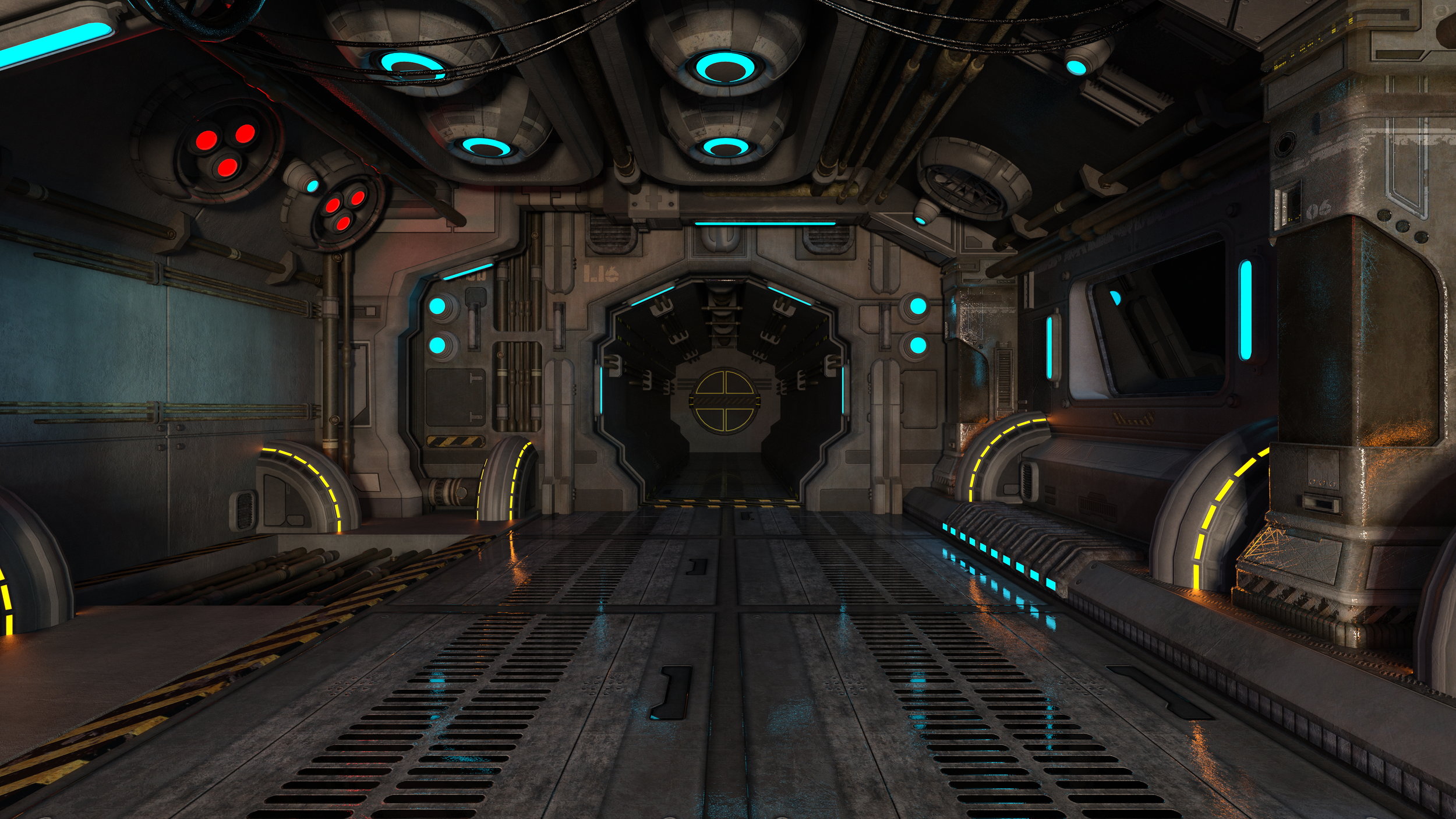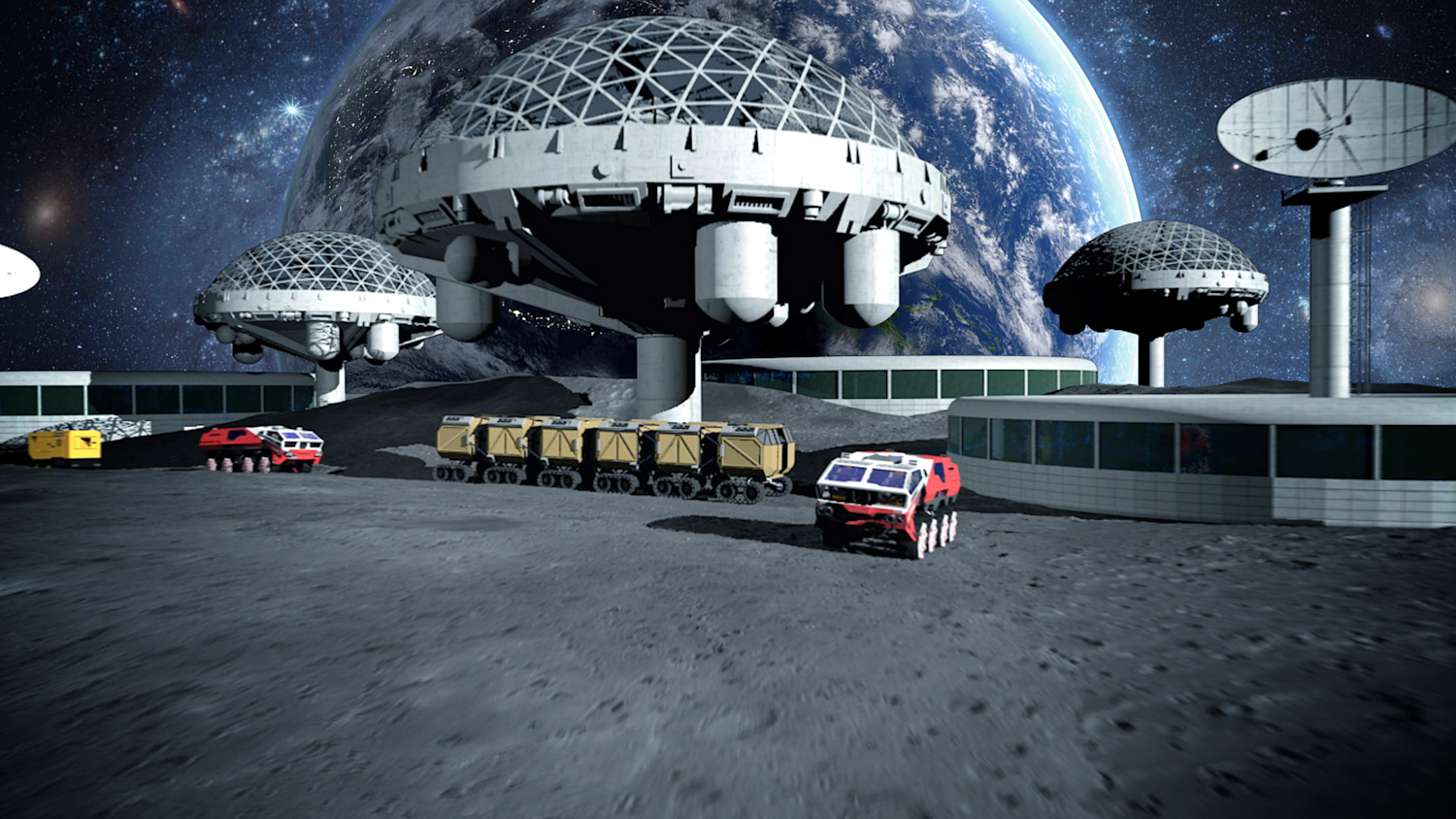I'm a science fiction writer without a formal science background. I was an English major in college -- and proud of it. But that means I've had to become an autodidact: teaching myself what I need to know about science and technology. Here are just three of the many extrapolations about our future that I've made in Mother Go.
Antimatter Drive
All the long range spaceships in Mother Go are powered by antimatter. Of all propulsion systems currently in the conceptual stage, antimatter drives are the most exotic. But this article from 2016, “Breakthrough in Antimatter Physics Has Some Dreaming of Starships” published in Air and Space Smithsonian offers hope. There are three hurdles which must be cleared. We have to produce antimatter in sufficient quantities, store it, and convert for propulsion. Of these, the first seems most daunting. According to Steve Howe, founder and senior scientist at Hbar Technologies “increasing production to even a milligram of antimatter (20 tons of TNT) per year would require a national-scale investment of billions of dollars. To power one interstellar mission every decade, his group estimates a production rate of two grams per year will be needed.”
Food Printers
Printers of all sorts are hot technology, but aside from business and industrial applications, personal printers are still pretty much limited to the hobbyist market. But my guess is that someday there will be a printer in your kitchen on the Moon, or in the galley of your spaceship. The current generation of printers deposit layers of edible material in a process known as additive manufacturing. New binding printers can stick foodstuffs together with a kind of tasty cement. We’re still a few years from printing pineapple pizza or Veal Cordon Bleu but for now, feast your eyes on the MMuse Touchscreen Chocolate 3D Printer, available right now from 3Dprintersonlinestore.com for a mere $4,499 USD.
Hibernation
Hibernation plays a huge part in the plot of Mother Go. Natalya Volochova volunteered for experimental genetic manipulation to have her DNA recombined that of ground squirrels, allowing her to hibernate at will. Mariska, her clone, has inherited this ability. Ground squirrels can hibernate for 7-9 months; during torpor their body temperature can drop as low as zero degrees Celsius. Of course, this kind of extrapolation. is a stretch. But a 2017 article in Smithsonian entitled “Can Humans Ever Harness the Power of Hibernation?” explores the possibilities of developing hibernation technologies “using body and brain-cooling techniques similar to therapeutic hypothermia.”







